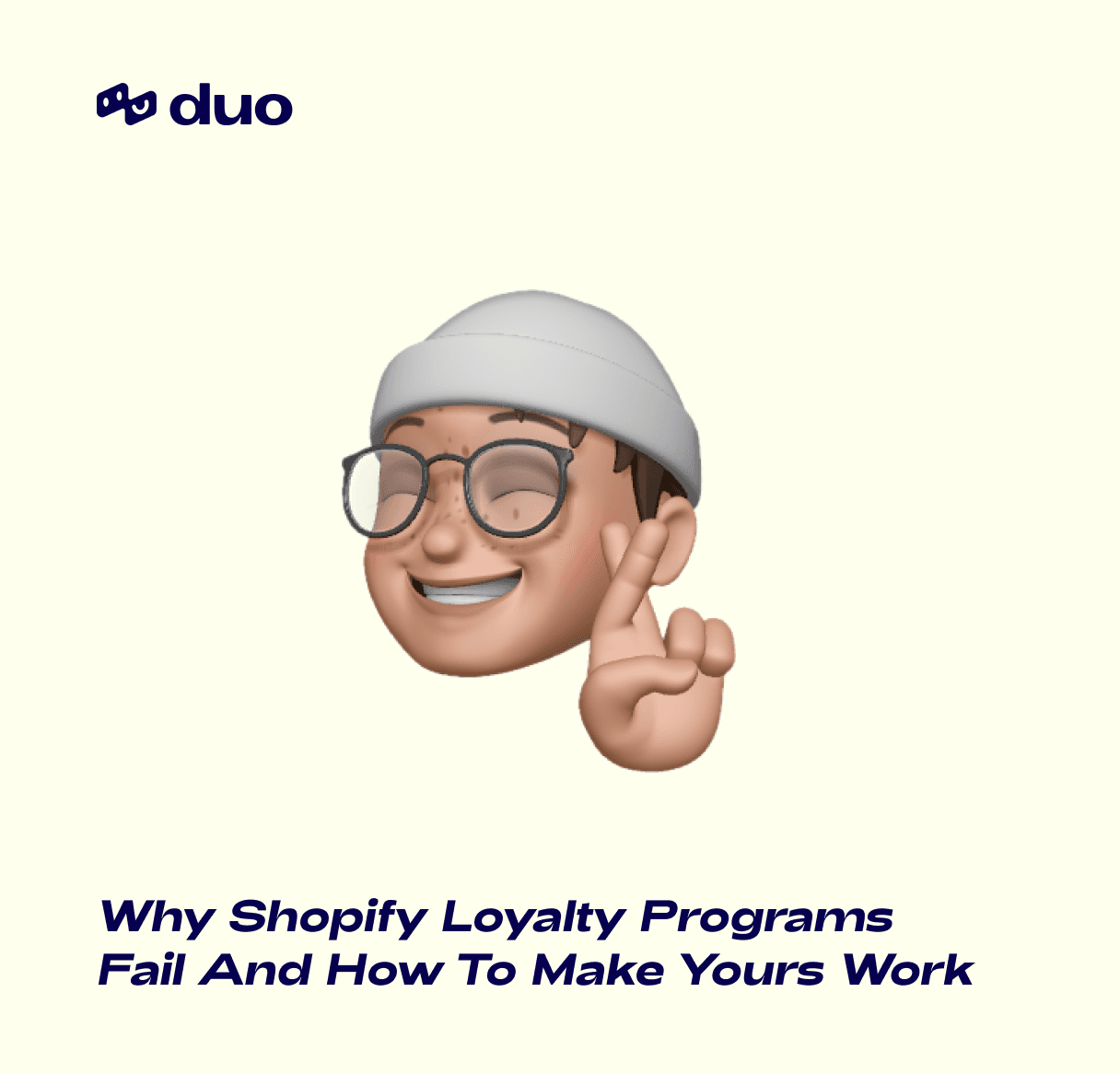Why Shopify Loyalty Programs Fail And How To Make Yours Work
Oct 7, 2024
Why Shopify Loyalty Programs Fail And How To Make Yours Work
More than 84% of consumers stick to a brand that offers a loyalty program. So, to stay competitive, many Shopify business owners run loyalty programs. However, most of them fail to achieve the desired results.
That's because they overlook various important details while planning, which handicaps the true potential of their loyalty program and significantly affects success and ROI.
Worry not; we are here to help you understand why most loyalty programs fail and how to make yours work.
But wait, what if, like the other 54% of buyers, your customers also become inactive after joining a loyalty program? Worry not; even then, we have covered you.
This article will educate you about referral strategy, which is the best alternative to the Shopify loyalty program. So, if you feel inspired and excited, let’s get started!
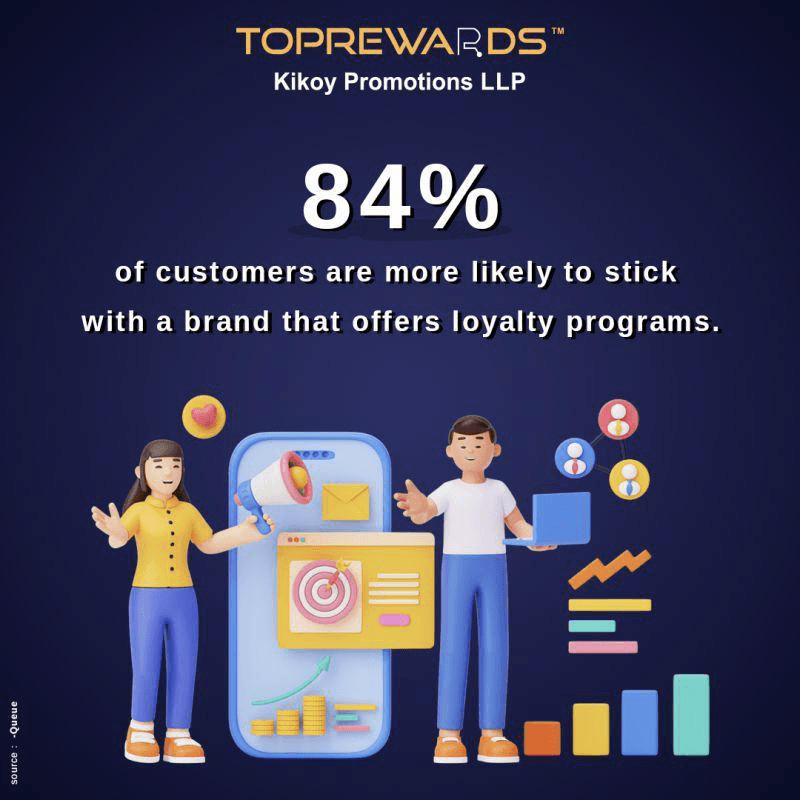
The Common Pitfalls of Shopify Loyalty Programs
The loyalty programs generate higher customer engagement for a while. However, when buyers lose interest in your offers, the loyalty programs start underperforming. As a result, it becomes unsustainable to continue the loyalty programs.
If you are also facing the same situation and thinking about why loyalty programs fail, there are various reasons behind it. Let's uncover all those reasons:
Why Do Most Loyalty Programs Fail?
Shopify stores spend a lot of money on loyalty programs, but not all of them succeed. Here is why loyalty programs fail:
Loyalty programs offering one type of reward fail to perform well. Data reveals that 77% of loyalty programs using only a point-for-purchase system failed within two years.
Irrelevant or low-value rewards can significantly decrease the effectiveness of your loyalty programs. This happens because such programs fail to engage and encourage the targeted audience.
The other major factor contributing to loyalty program failure is their complexity. For instance, complicated conditions, legal jargon, and excessive text usually cause customer frustration and program failure. Take the example of Old Navy, which launched loyalty programs in 2021. However, its marketing strategy failed because it was harder to understand and lacked rewards exclusivity.
How will your customers know about your loyalty program if you don’t promote it? Remember that a weak promotion is one of the major loyalty program mistakes ecommerce businesses make. It results in the program's underutilization and businesses failing to collect customer insights and data.
The next possible cause could be the lack of customization. Personalized offers and deals are the key to making your loyalty program a success. When customers receive a message or reward that they feel is relevant, they will use it. Let's take Dollar Shave Club as an example. The brand created a personalized loyalty program that helped them build a sustainable relationship with their customers.
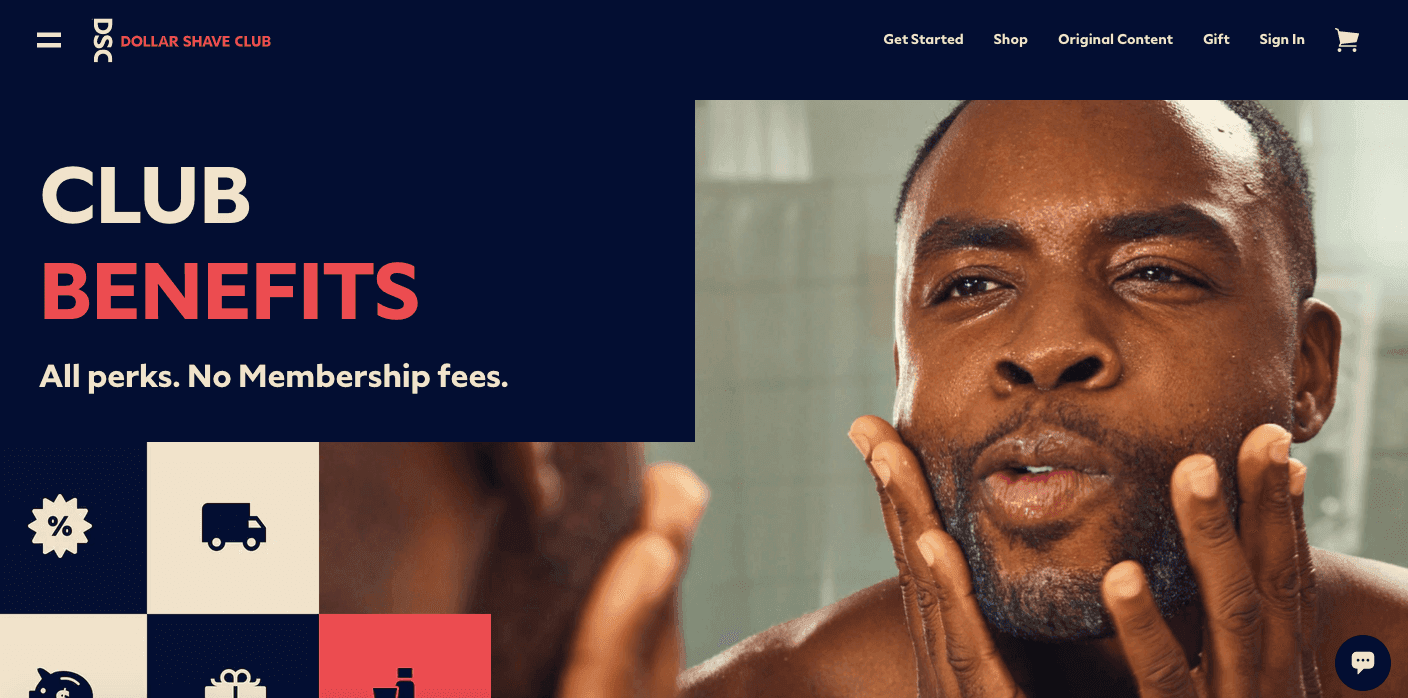
Sometimes, businesses make changes to their loyalty programs after launch. For example, they can change the reward's cost from 50 to 100 points. It seems like a minor business change, but it is not for customers. Customers feel that you are taking advantage of them, and they lose interest in your program.
In the competitive marketplace, you must ensure your loyalty programs are innovative. If they are not, that could be a reason for your failure.
Loyalty Fatigue: Are You Offering Too Little?
Loyalty fatigue occurs when customers don't see much value in your loyalty program. The causes vary, but the incentives are not worth the purchase in most cases, or customers don't understand the benefits.
Loyalty fatigue can be dangerous for your customer retention strategies in ecommerce. It makes customers reluctant to buy with a program that was actually designed to urge your loyal customers to shop from you again.
When your loyalty program or incentives lose their power and potential to impact customers, you see a decline in user engagement and start losing customers. Resultantly, the best practices become the worst ones.
Why Most Shopify Loyalty Programs Lack Long-Term Impact
A loyalty program is one of the best marketing strategies, as it keeps customers returning and referring your products to their loved ones. But remember that loyalty programs do not always guarantee success.
For example, Shopify store owners often do not understand their customers' needs and preferences. Consequently, they offer unattractive rewards to their loyal customers. Though this grabs their attention for a while, it leads to low engagement and interaction with their brands in the long run.
Likewise, the teams are often not well-trained and aware of the true value of loyalty programs, which results in a poor customer experience. So, how could you benefit from a loyalty program on a long-term basis?
Signs Your Loyalty Program Isn't Working
Loyalty programs can be a huge value generator for brands. Data reveals that companies with stronger loyalty programs grow revenue 2.5X faster than their competitors. Likewise, by integrating reward programs into the ecommerce platform, businesses can boost the average order value by 319%.
However, not all businesses succeed in achieving these results. That's because instead of putting in a lot of effort, time, and budget, they fail to make their programs as effective. Below, you can find the clear indicators showing that your Shopify store’s loyalty program isn’t as effective as it should be:
Declining Customer Engagement
The customer engagement rate clearly indicates how effective Shopify's loyalty programs are. For instance, the higher active customer engagement rate suggests your customers are attracted to your loyalty program. They are loyal to your brand and actively participate in the programs, which leads to higher sales and revenue.
On the other hand, a lower active engagement rate shows that the loyalty program is not effectively engaging customers. So, to make your ecommerce loyalty program strategy successful and to boost its effectiveness, you will have to make the required adjustments.
You can calculate the customer engagement rate by using the following formula:
Active Engagement Rate = Number Of Active Loyal Members / Total Number Of Loyalty Members X 100
If the engagement rate is low and you want to boost customer engagement Shopify ensures that your loyalty program is easy to find and simple to join.
Low Redemption Rates on Rewards
The redemption rate is an important metric for measuring the effectiveness of your Shopify rewards program. It tells you how many members have redeemed the rewards they earned through your loyalty program. The rate can also help you find the popular rewards, which can increase customer retention Shopify.
The higher redemption rate indicates that your customers have found the rewards valuable and actively use them. In return, it increases repeat purchases and drive customer loyalty Shopify.
Conversely, a lower redemption rate shows that incentives are not tempting or appealing to customers. Or, the redemption process is too complicated, and customers do not even bother to use the rewards. If not, it is also possible that customers will receive the rewards even without knowing that.
To calculate the redemption rate, you can use the following formula:
Redemption Rate: Total Points Redeemed / Total Points Issued X 100
High Churn Rates Despite a Loyalty Program
In businesses, the churn rate is the percentage of customers who do not do business with you over a specific period. Effective loyalty programs Shopify help you improve Shopify customer retention, engage repeat purchases, and reduce the churn rate.
The churn rate is industry-specific. For instance, some products have low churn rates because they keep customers returning. However, others naturally have higher churn rates because their products are durable.
In this scenario, the churn rate of subscription businesses will average 5%. However, the churn rate of single-purchase businesses (skincare products) averages about 75%. This means that 25 to 26% of buyers will shop again.
If your churn rate is higher than average, implement effective strategies to make your reward program successful and increase lifetime value Shopify customers.
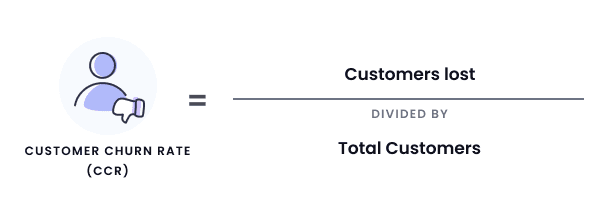
How to Make Your Shopify Loyalty Program Work
Here are three secret strategies for making your failed Shopify loyalty program more effective, attractive, and successful.
Focus on the Customer Experience
So, you have been wondering how to grow customer loyalty Shopify, right? The best way to optimize Shopify loyalty program is to offer your customers what they truly need and cannot resist.
Remember that customer preferences change over time. So, if you keep offering the same rewards over the years, eventually, there will be little incentive for customers to buy. Customers always compare the cost of purchase to the value they get.
Here, you can leverage customer feedback to offer your customers interesting, valuable, and new incentives they can't resist. Plenty of data is available through online activity analysis and CAST surveys. You can use them to get valuable insights.
Let's use the example of LIVELY, a clothing and accessories brand. LIVELY has a successful tiered reward program that customers are automatically enrolled in as they sign up.
Customers earn points through activities like following the brand on social media or buying the products. Later, they can apply these points to purchases. They can also redeem these points to get the products (clips and socks) they want and need.

Remember that every gift coupon you give to your loyal customers always has a cost associated with it. So, it is crucial to know whether the ROI is worth it from a business point of view.
Offer Tangible, Immediate Rewards with Post-Purchase Cashback
You should thoughtfully craft your loyalty programs and offer immediate rewards like post-purchase cashback. With such rewards, the loyalty programs offer tangible value your customers are willing to invest in.
That's because instant cashback feels more valuable to customers than discounts or points, which can be difficult to understand. For instance, customers can get 100 points if they spend $10, and keeping track of the points can be challenging.
Likewise, accumulating the points can take a long time and delay gratification. On the other hand, instant cashback offers discernible and immediate value. Therefore, 61% of customers appreciate and shop with brands that offer such quick rewards.
If you are also thinking of revolutionizing your Shopify post-purchase loyalty strategies, get help from duo. The tool can be easily integrated with your Shopify store, and you can set up a post-purchase cashback rewards within 10 minutes. It shakes the old ways of rewarding customers and lets you build a strong customer base.
Leverage Referral Programs to Maximize Engagement
Referral programs vary in reward and structure compared to loyalty programs. Referral marketing for Shopify can efficiently cater to customer preferences and different business models. Different types of referral programs exist, including discounts and bonus points.
However, cashback referral programs are more effective and a superior alternative to loyalty programs. That's because they allow customers to earn quick cashback when they refer people and make transactions, like duo’s cashback feature. The quick gratification helps businesses greatly increase customer retention.
Why You Should Consider Referral Programs Over Traditional Loyalty Programs
Regarding referral vs loyalty programs, Shopify, referral programs always win. That's because referral programs can drive people's trust and sales. But that's not the only reason you should consider a referral program. So, let's discuss it in detail why referral programs always outperform the loyalty programs:
How Referral Programs Increase Word-of-Mouth Marketing
More than 83% of customers refer products to others after making a successful purchase. And 78% of referrals build viable customer leads for ecommerce businesses. This means that referral programs can build a solid customer base for your business.
That's because referral programs naturally encourage existing customers to become brand advocates. The cashback creates a sense of loyalty for the brand and customers.
Consequently, customers refer your products to friends, family, and colleagues and share them on social media. Thus, ecommerce businesses like yours can leverage the trust and connection of their existing customer base to increase word-of-mouth marketing.
Ultimately, it helps Shopify stores increase their reach multiple times while keeping customer acquisition costs low. The great results at little cost make referral marketing one of the best customer retention strategies ecommerce.
Instant Cashback vs. Points-Based Rewards: What’s More Effective?
About 75% of business comes from retained customers. So, when choosing rewards for loyal customers, you must think twice.
Instant cashback and point-based rewards are the two options you have. But which one of these two will be the best reward for your ecommerce loyalty program strategy? The best incentive is usually instant cashback, as offered by duo!
Cashback reward programs are easier to manage, earn, and redeem than point-based programs. Customers do not need to worry about redemption rates; reward values don't decrease over time. The delayed gratification of points-based rewards is another reason why loyalty programs fail; instant cashback rewards always win!
Best Practices for Optimizing Your Shopify Loyalty or Referral Program
Whether you are implementing the marketing (loyalty or referral) program or thinking of improving it, the following actionable practices will be of great help:
Tailor Your Program to Your Target Audience
About 90% of customers prefer brands that personalize their loyalty programs. So, to build a successful loyalty program Shopify, you should offer customized rewards tailored to the needs of your target audience.
Personalization taps into the power of acknowledgment and appreciation. Ultimately, it helps brands build lasting customer relationships and attract loyal advocates. That's how personalization becomes a loyalty program best practice at Shopify.
Let's take Starbucks Rewards as an example. The brand offers customers free food or drinks and includes personalized rewards in its marketing programs. The personalized rewards can be birthday gifts catered to customers' preferences. The personalized loyalty program gives Starbucks 16% year-over-year growth.
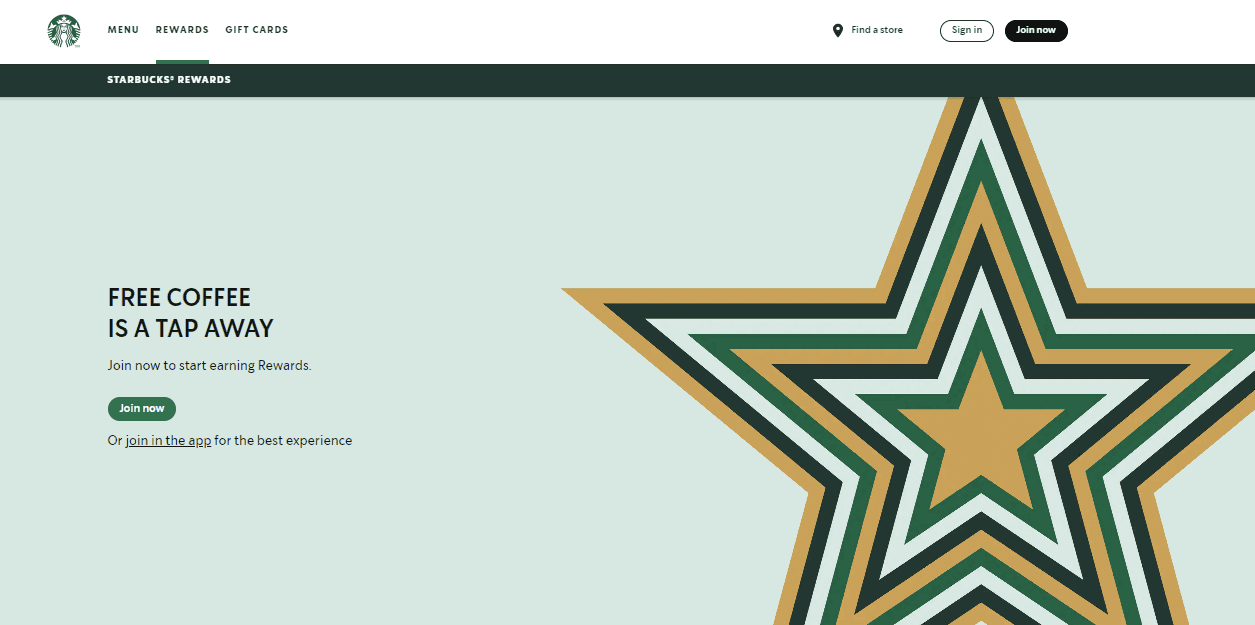
But, before offering personalized rewards to your customers, you need to recognize their unique needs and preferences. For that, you can:
First, divide your customers or audience into different segments depending on their behavior, preferences, and demographics
After that, customize your loyalty or referral program rewards for each segment
Integrate Shopify Apps for Automation and Personalization
There are different Shopify loyalty program retention tools and apps that you can use to create, streamline, and customize your marketing strategies. Let’s look over all of them all here:
duo
duo's unique approach helps Shopify stores increase word-of-mouth marketing by targeting potential customers at the right time with cashback. Within 10 minutes, you can create a highly flexible and customizable referral program with duo.
So, whenever a customer makes any purchase, duo automatically generates the discount code for the customers to share. The codes always have a limited validity period to create engagement and urgency. The code can be shared through email, SMS, and a confirmation page.
Whenever someone redeems the code, the customer gets an instant cashback. The cashback shows appreciation and keeps customers loyal to your brand.

Rivo
Rivo is super simple and easier to use. The app can help you create a customized and advanced loyalty program. All you need is a simple app and your Shopify account. With referral platforms and baked-in points, you can build a customer base that brings new customers to you and get rewards in the results.
With the Rivo page builder, you can choose different options for building a customized loyalty page. Customized icons, banners, and page elements can give your site a professional and customized look.
With each subscription, you can get unlimited program members. Analytics are included, and the option to automate customizable emails is also available. That’s why it is one of the best Shopify apps for customer loyalty.
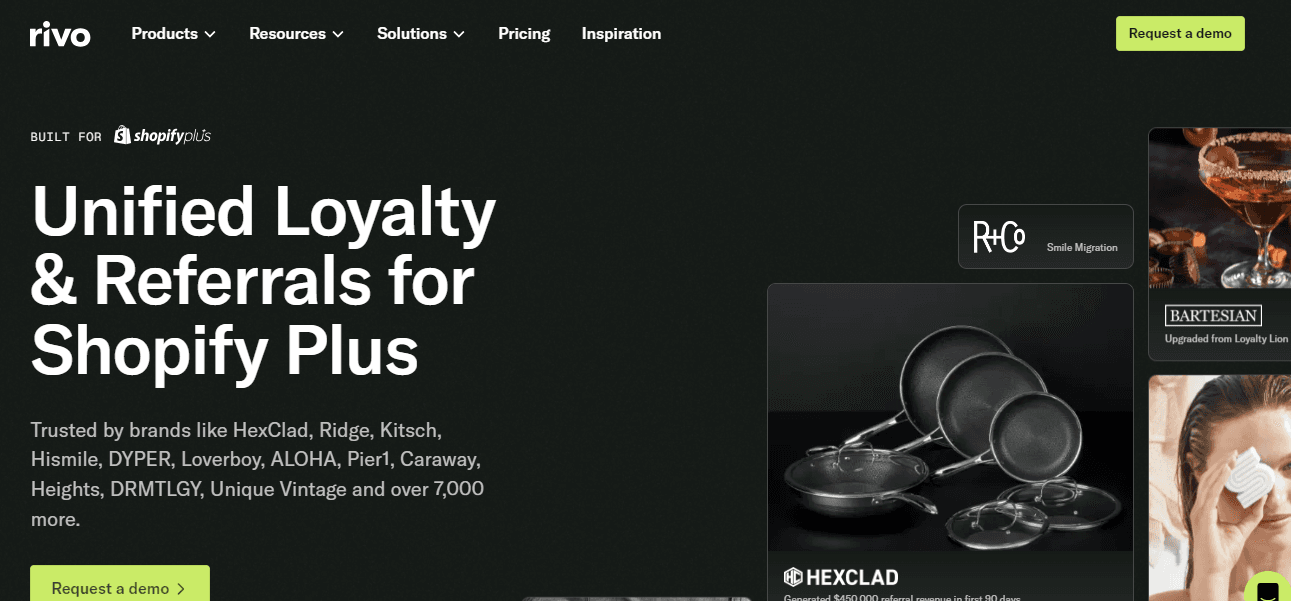
Loloyal
Loloyal is easy to use and lets you develop a reward program to boost sales and drive traffic to your store. It lets you customize rewards, points, and reward programs to encourage shoppers to make repeat purchases.
VIP Tiers is one of its remarkable features. It lets Shopify stores identify high-value customers and turn them into brand advocates. You can easily manage their data and offer them exclusive rewards.
Besides that, Loloyal also offers automated, customizable emails, pop-ups, and limited-time offers. All of these can efficiently increase customer engagement.
Loloyal offers monthly feature updates for strong product development and customer CSS for 100% brand fit. It also offers cost-effective pricing plans and limited-time offers.
Besides these, there are many other best Shopify apps for customer loyalty. Learn about them all here!
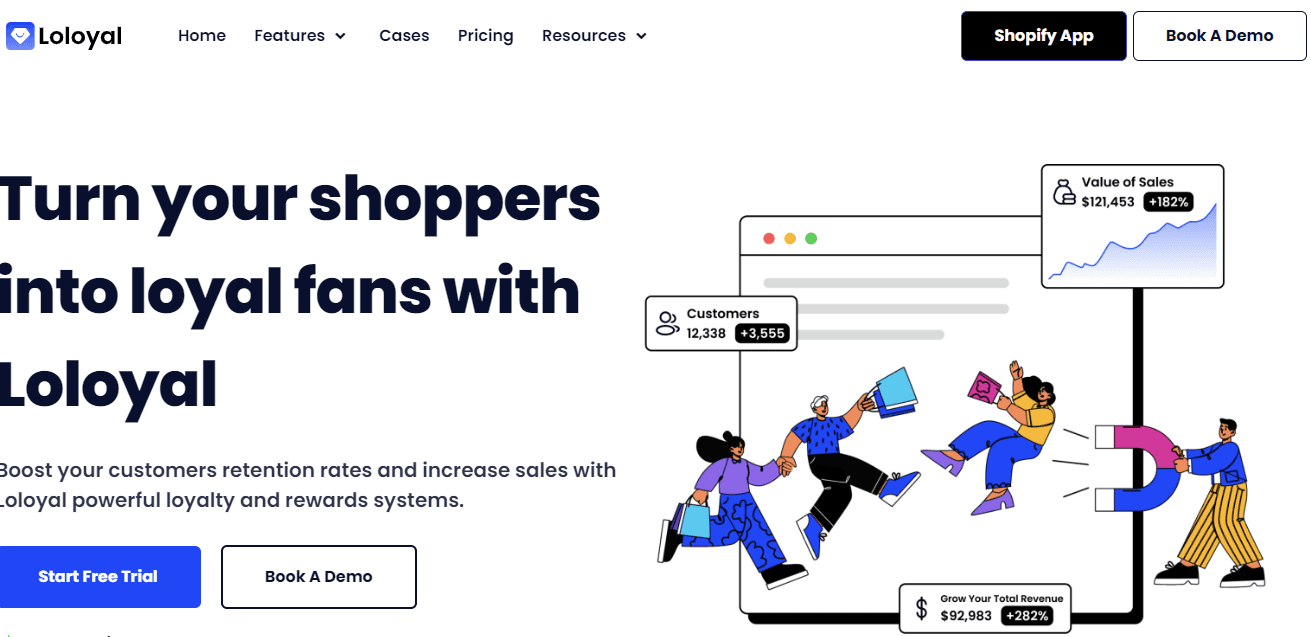
Track Key Metrics to Measure Success
There are certain KPIs (key performance indicators) that you can track to measure the success of your marketing efforts. Let's know about them here:
Customer Engagement
Customer engagement measures the number of active participants and the interaction within your marketing program. It monitors how frequently customers interact with your reward program, such as purchasing or leaving reviews.
To monitor the engagement rate, you can track the number of buyers who engage with your reward program within a specific period.

Redemption Rates
It tells you the percentage of rewards that customers redeemed and indicates how effective and attractive the program is for your customers. A higher redemption rate indicates that customers have found the rewards valuable, encouraging, and exciting. However, higher redemption means higher program costs if the rewards are substantial.
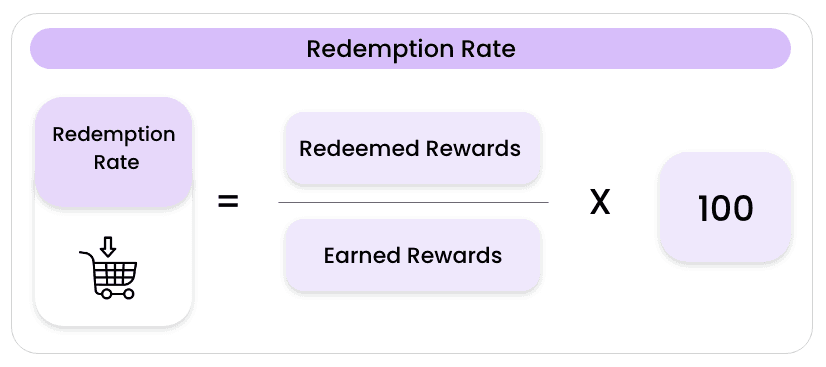
Repeat Purchases
The repeat purchase measures the number of customers who make multiple purchases from your store within a certain period. This metric evaluates whether your program is effective in encouraging repeat purchases.
So, increase repeat customers Shopify means you have efficiently followed the Shopify customer retention tips and are running an effective program. But, if that is not the result, tailor the reward to personalized preferences or use the tiered loyalty programs.
Conclusion: Rethink Loyalty, Focus on Referrals
Running a loyalty program will not be enough to retain customers. So, you should analyze and revise it later to make it a successful marketing strategy. For example, understand your customers' needs and offer them valuable rewards they cannot resist. Likewise, introduce tangible and timely rewards such as cashback and leverage referral programs to boost customer engagement.
But even after these efforts, if your loyalty program fails, it indicates that it offers little value to your customers. In that scenario, offer them other incentives like post-purchase cashback by using duo to retain potential buyers. The tool can transform your Shopify store's loyalty efforts. Our guide also offers helpful tips to make your ecommerce marketing strategy successful!
